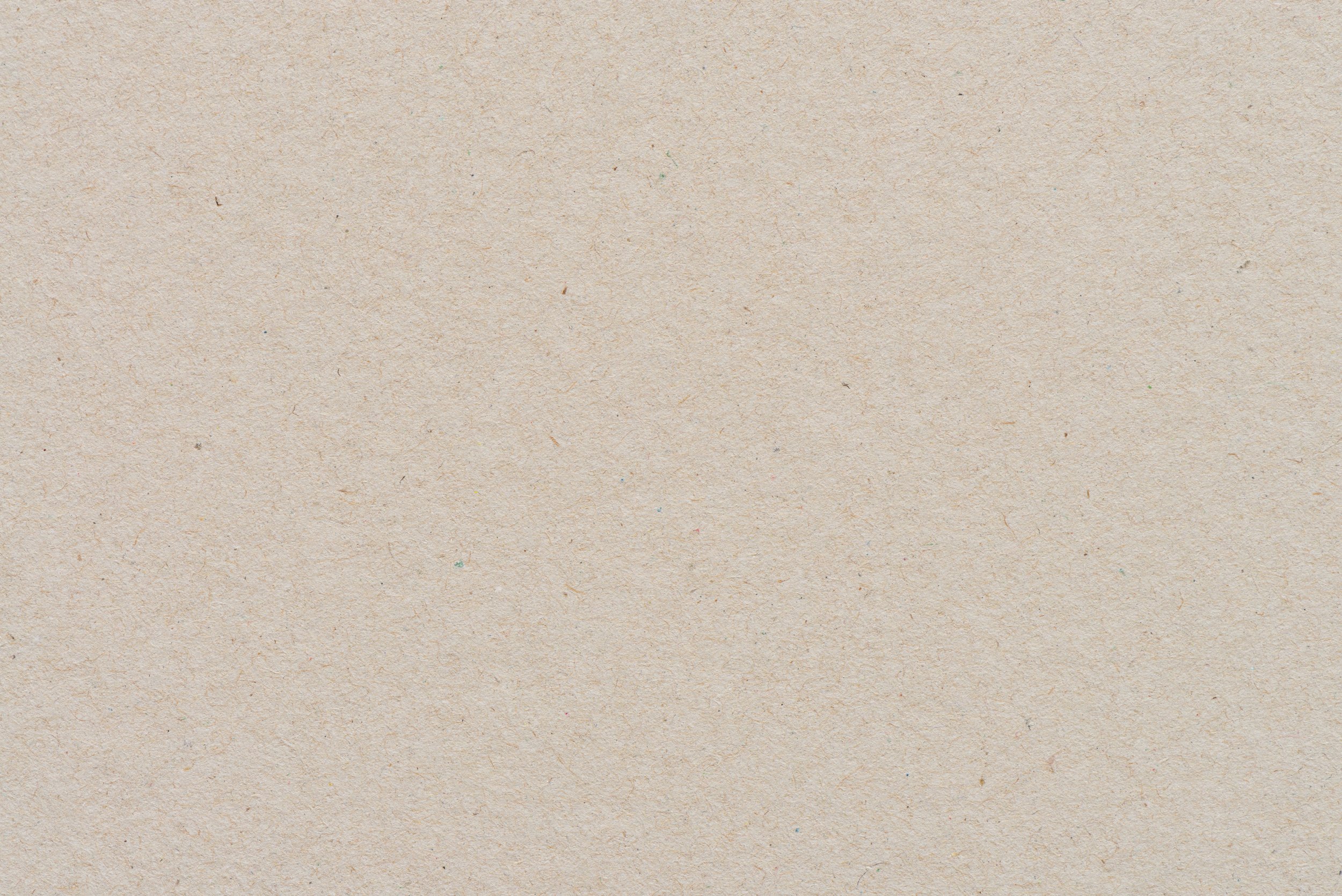
What plants and animals live at the pond?
LESSON 4
Children explore the unique plants and animals pond life offers because of still or slow moving water.
The story “Over and Under the Pond,” by Kate Messner
or listen to it here on YouTube
Watercolor paper
Watercolor paints
Paint brushes
Cup for water
Materials
Gather materials
Read through the story beforehand
Preparations
Promote curiosity and interest in pond life.
Encourage children to ask questions and make observations about what they see.
Foster a sense of wonder and curiosity about the natural world.
Encourage children to appreciate and respect the environment around them.
Use new vocabulary words related to pond life.
Objectives for Teachers
Children become interested in plants and animals unique to ponds and streams.
Children learn new vocabulary words related to pond life.
Children practice critical thinking and problem-solving skills by making observations and asking questions about the story.
Children develop an appreciation for the natural world and the importance of protecting and preserving habitats.
Children practice fine motor skills and creativity through painting.
Objectives for Children

Collect and Connect
5 Little Ducks
Five little ducks went out one day
Over the hill and far away
Mother duck said, "Quack, quack, quack, quack"
But only four little ducks came back
Four little ducks went out one day
Over the hill and far away
Mother duck said, "Quack, quack, quack, quack"
But only three little ducks came back
Three little ducks went out one day
Over the hill and far away
Mother duck said, "Quack, quack, quack, quack"
But only two little ducks came back
Two little ducks went out one day
Over the hill and far away
Mother duck said, "Quack, quack, quack, quack"
But only one little duck came back
One little duck went out one day
Over the hill and far away
Mother duck said, "Quack, quack, quack, quack"
But none of the five little ducks came back
Sad mother duck went out one day
Over the hill and far away
Mother duck said, "Quack, quack, quack, quack"
And all of the five little ducks came back

Activity Flow
Begin by reflecting on the two previous lessons and your visit to the pond/stream. What you have learned about so far? Ask them if they can remember, or know of any plants or animals that live at the pond.
Tell them you have a new story today called “Over and Under the Pond,” by Kate Messner. Tell them that in this story they will learn about different plants and animals that live over and under the pond. Discuss the difference between plants and animals before reading.
Animals are living things that can move around on their own, eat food, and breathe air (name some examples together).
Plants are living things, but they don’t move around on their own. They make their own food using sunlight, air, and water. They don’t eat things like animals do, and they don’t breathe air like animals do. Plants do help make the air we breathe, and provide food and shelter for many animals (name some examples together).
It might help to write a list as you read, so you can reference the different plants and animals at the end of the story.
3. After reading the story, choose some pond animals and plants to paint using watercolors. If your child is younger, you can have them watch you sketch the animal and then work together to paint it or give them a full sheet of paper to paint themselves and then you cut out the animal shapes from the paper they painted.
Older children that have stronger fine motor skills may sketch and paint their animals independently. Remember to be encouraging, as they might get frustrated that their animal doesn’t look as good as the ones in the story or pictures.
Remind them that they are just learning to draw and paint, and it takes a lot of practice to get really good. I like to tell my kids that I was just like them once, and I know what it feels like to learn or try a new thing. I always praise their hard work (not the end result), and refrain from criticizing.
4. Once your paintings have dried, cut them out and save them to use in the next lesson.



